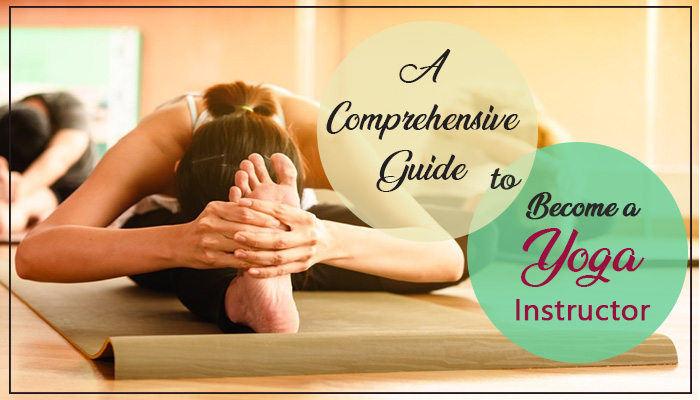Get Proper Yoga Teacher Training and Certification
Formal training is highly recommended if you want to become a yoga instructor. There are many different types of yoga teacher training programs and certifications to consider.
Yoga Alliance Certifications
Most yoga teacher training programs are registered with Yoga Alliance, which provides standards for training. Common Yoga Alliance certifications include:
-
RYT 200 – Registered Yoga Teacher 200-hour certification. This is the basic level training to teach beginner yoga classes. Programs are typically 4-8 weeks long.
-
RYT 500 – Registered Yoga Teacher 500-hour certification. This advanced training goes more in-depth into teaching methodology, anatomy, yoga philosophy and other topics. Some RYT 500 trainings require an RYT 200 certification first.
-
E-RYT 200/500 – Experienced Registered Yoga Teacher designation. After teaching for a number of years, teachers can earn this designation with additional training, teaching experience and continuing education.
Embarking on the journey to become a certified yoga instructor is a transformative and rewarding experience. As yoga continues to gain popularity for its holistic approach to physical and mental well-being, the demand for qualified instructors is on the rise. In this guide, we’ll navigate the steps you need to take to earn your certification and share the gift of yoga with others.
1. Establish a Solid Foundation: Before diving into certification, establish a strong personal yoga practice. This not only fosters a deeper understanding of yoga but also serves as the bedrock for your future teaching endeavors.
2. Choose Your Path: Determine the style of yoga that resonates with you and aligns with your goals. Whether it’s the flowing sequences of Vinyasa, the precision of Iyengar, or the spiritual depth of Kundalini, selecting the right style is a crucial first step.
3. Research Accredited Teacher Training Programs: Look for Yoga Alliance accredited programs, as they adhere to recognized standards in the industry. These programs typically require a minimum of 200 hours of training, covering anatomy, philosophy, teaching methodology, and practical experience.
4. Commit to a Teacher Training Program: Enroll in a reputable yoga teacher training (YTT) program. Choose between intensive programs, often completed in a month, or extended programs that allow you to balance training with other commitments. Ensure the program fits your schedule, budget, and learning preferences.
5. Immerse Yourself in Theory: Dive into the theoretical aspects of yoga, including its history, philosophy, and anatomy. A comprehensive understanding of these elements will enrich your teaching and provide a well-rounded experience for your future students.
6. Practice Teaching: Gain practical experience by leading practice sessions. Many YTT programs include opportunities for student teaching, allowing you to refine your skills and receive constructive feedback from experienced instructors.
7. Complete Certification Requirements: Fulfill all the requirements of your chosen program, which may include attending all classes, completing assignments, passing exams, and logging teaching hours. Successful completion of these elements is crucial for obtaining your certification.
8. Obtain CPR and First Aid Certification: Many yoga studios and certification bodies require instructors to hold CPR and First Aid certification. Ensure you meet these health and safety requirements to enhance your credibility as an instructor.
9. Build a Teaching Toolkit: Develop your teaching toolkit by incorporating various props, modifications, and adjustments. Understanding how to adapt classes for different levels and addressing individual needs is essential for creating inclusive and accessible sessions.
10. Embrace Continuous Learning: The journey doesn’t end with certification. Stay informed about the latest developments in yoga, attend workshops, and consider advanced training programs. Continuing education ensures your teaching remains dynamic and evolves with the ever-changing landscape of yoga.
Becoming a certified yoga instructor is a fulfilling endeavor that goes beyond the mat. By investing in your personal practice, choosing the right training program, and embracing continuous learning, you’ll not only earn your certification but also embark on a lifelong journey of self-discovery and the joy of sharing the transformative power of yoga with others. May your path be filled with growth, compassion, and the profound impact of yoga on both yourself and those you teach.



